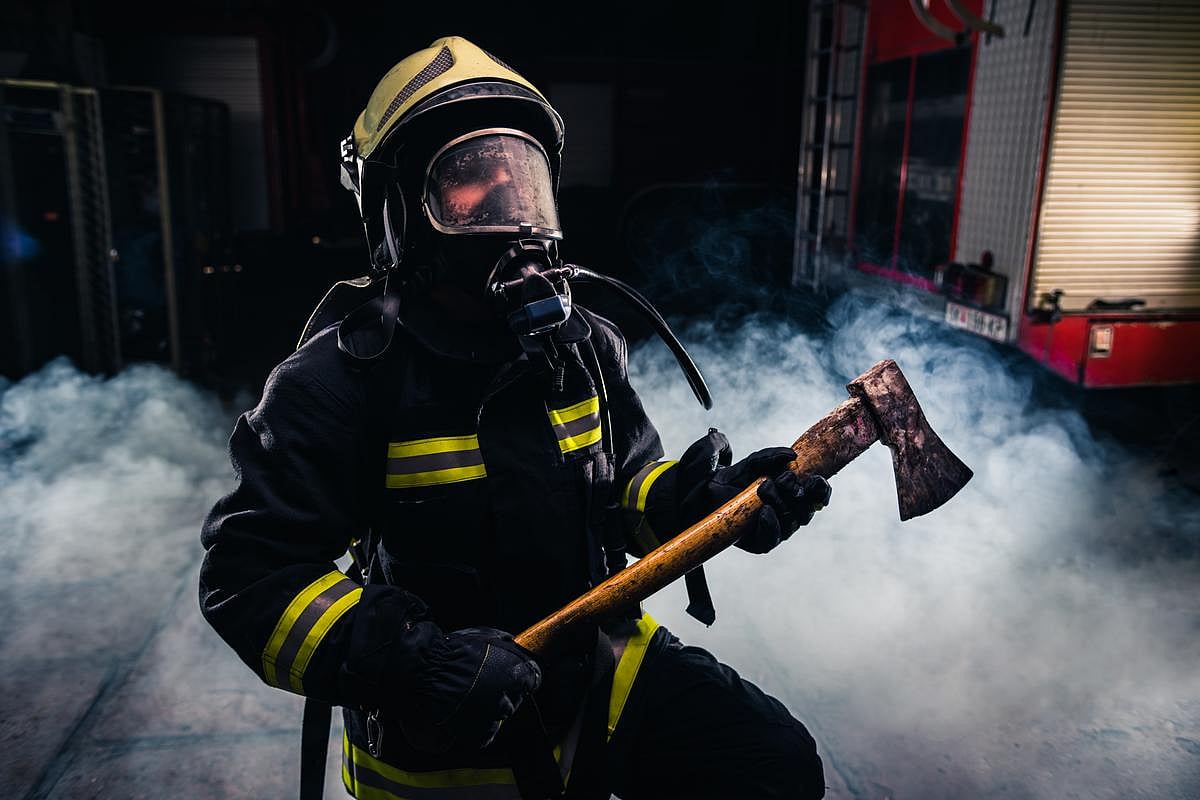Firefighters had higher serum concentrations of some PFAS than employees from other occupations, but mainly below threshold for screening
By Elana Gotkine HealthDay Reporter
FRIDAY, Feb. 7, 2025 (HealthDay News) — Maui County firefighters involved in the response to the 2023 Maui wildfires had higher median summed concentrations of some perfluoroalkyl and polyfluoroalkyl substances (PFAS) than other responders, according to research published in the Feb. 6 issue of the U.S. Centers for Disease Control and Prevention Morbidity and Mortality Weekly Report.
Catherine C. Beaucham, Ph.D., from the CDC in Atlanta, and colleagues describe first responders’ exposures to PFAS after responding to wildfires in Maui, Hawaii, in August 2023, measured about one month after initial response. Individual serum PFAS concentrations were compared to the National Health and Nutrition Examination Survey (NHANES) 95th percentile concentrations for persons aged 20 years and older. The sum of seven PFAS was compared to the National Academies of Sciences, Engineering, and Medicine (NASEM) clinical threshold, above which screening for cancer and other adverse health outcomes should be prioritized. Blood samples were submitted by 258 Maui County employees, including 178 firefighters.
The researchers observed significant differences in the concentrations of perfluorohexane sulfonic acid (PFHxS) by occupational subgroup, with the highest concentrations seen among firefighters. The highest detected PFHxS concentration in a firefighter was 9.3 µg/L, which was about 2.5 times the NHANES 95th percentile (3.8 µg/L). Overall, 2 to 40 percent of Maui County employees, including firefighters, were over the NHANES 95th percentile for the other PFAS chemicals. The median sum serum concentrations of seven PFAS was 7.0 µg/L among firefighters; all employees bar one firefighter had concentrations below the NASEM clinical threshold of 20 µg/L. For other occupational subgroups, the median sum serum concentrations of seven PFAS ranged from 5.7 µg/L to 6.9 µg/L.
“To protect first responders during disasters, it is essential to continue providing strategies for characterizing and reducing exposures,” the authors write.
Copyright © 2025 HealthDay. All rights reserved.








